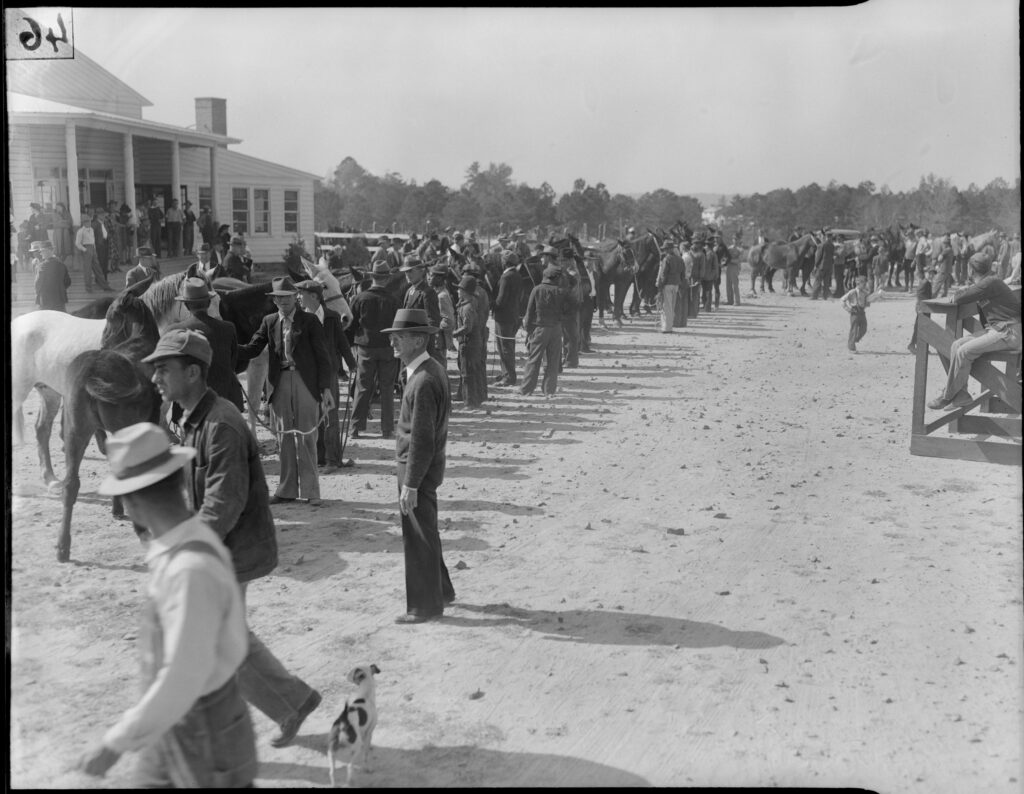Preservation


Any negatives that are not frozen will deteriorate over time. Constant vigilance is required, and with the help of new technologies, the ease of digitization is helping us preserve these images before they are lost forever.
One form of preservation is digitization and duplication, which involves creating a copy of the image but not stopping the deterioration of the original. To preserve the original, and not just a copy of it, a negative can be kept indefinitely in a climate-controlled and monitored freezer. “Cold storage” will halt decay, but more drastic measures are required once signs of advanced deterioration, such as bubbling, channeling, and crystalline deposits, begin to appear between the layers of the negative. At this stage, we need the help of a professional conservator to retrieve a legible image.
The images on the left are examples of before and after conservation treatments. Channeling is often seen as the final stage of deterioration. Vinegar syndrome (the name refers to the smell which decomposing negatives emanate), or the process of cellulose acetate deterioration, is an unavoidable, constant issue for any collection of acetate negatives. Before deterioration occurs or early in the deterioration process, preventative measures can be taken to stabilize negatives including cold storage, adequate ventilation, and appropriate acid free housing envelopes, all of which can greatly extend the life of a photographic negative collection.
The scans below demonstrate that even under the best conditions (climate controlled, stored in archival sleeves), negatives can still deteriorate over time. The two negatives taken from the Grady Baptist School of Nursing show a side by side comparison of the amount of damage occurred over 12 years. The portraits of Tracy O’Neal show the before and after of the negative undergoing restoration. Think of how rapid it would be if you, like many of us, store old photographs in harsh environments such as attics and basements, and how much more quickly the decline could be.




Continuous surveillance is required, and with the help of new technologies, digitization is helping maintain these images before they are lost. However, even digitization does not guarantee their long-term survival, because the digital images themselves must then be preserved. Digital photographs, whether digitized (scanned from physical prints or negatives) or “born digital” (taken with a cell phone or digital camera), are vulnerable to many threats: the disks or drives the images are stored on can be damaged or degraded over time, making them unreadable; the hardware and software needed to read the media and render the images can become obsolete; common file formats can fall out of use; and files can become corrupted or lost through bit rot, hardware failures, security breaches, poor environmental conditions, and disasters. To protect against these threats, we remove digital image files from short-lived disks, drives, and memory cards, then store copies of the files in multiple locations. We also save important information about the technical aspects of the files, run frequent backups, check the images regularly to ensure they still work, and migrate photos to new formats and storage media when necessary. A preservation plan—for both physical and digital images—is key to keeping these treasures around for future generations.